D# minor: Endişenin, çaresizliği düşmenin, en koyu depresyonun, ruhun en derin s��kıntısının, en kasvetli, en iç karartıcı halin tonu. Korkutan, dehşet veren, müthiş duygular bu akorla yazılır. Eğer hayaletler konuşabilseydi, ses tonları bunun gibi olurdu.
Don't wanna be here? Send us removal request.
Text

(The Kiss 1859)
By the Italian artist Francesco Hayez.
The painting represents a couple from the Middle Ages, embracing while they kiss each other. It is among the most passionate and intense representations of a kiss in the history of Western art. The girl leans backwards, while the man bends his left leg so as to support her, simultaneously placing a foot on the step next to him as though poised to go at any moment. The couple, though at the center of the painting, are not recognizable, as Hayez wanted the action of the kissing to be at the center of the composition. In the left part of the canvas shadowy forms lurk in the corner to give an impression of conspiracy and danger.
__
(The Kiss 1859)
İtalyan sanatçı Francesco Hayez tarafından yapılmıştır.
Tablo, Orta Çağ'dan bir çifti temsil etmektedir. Birbirlerini öperken kucaklaşmaktadırlar. Batı sanat tarihindeki en tutkulu ve yoğun öpüşme temsillerinden biridir. Kız geriye doğru eğilirken, adam sol bacağını bükerek ona destek olur ve aynı anda yanındaki basamağa bir ayak koyar gibi durur, sanki her an gitmeye hazır gibi. Tablonun merkezinde olsalar da, çift tanınmaz, çünkü Hayez öpüşme eylemini kompozisyonun merkezine yerleştirmek istemiştir. Tuvalin sol tarafında, köşede gizemli şekiller, bir komplo ve tehlike izlenimi vermek için beklemektedir.
___
#artcore#art aesthetic#dark academia#illustration#artwork#artists on tumblr#art history#black art#art style#art process#old art#old architecture#painting#art#oil on canvas#oil painting#classical art#romantic academia#light academia#classic academia#fairycore#princesscore#museumcore#aesthetic#classic academia aesthetic#academia aesthetic#artist#artblr#renaissance painting#love
6 notes
·
View notes
Text
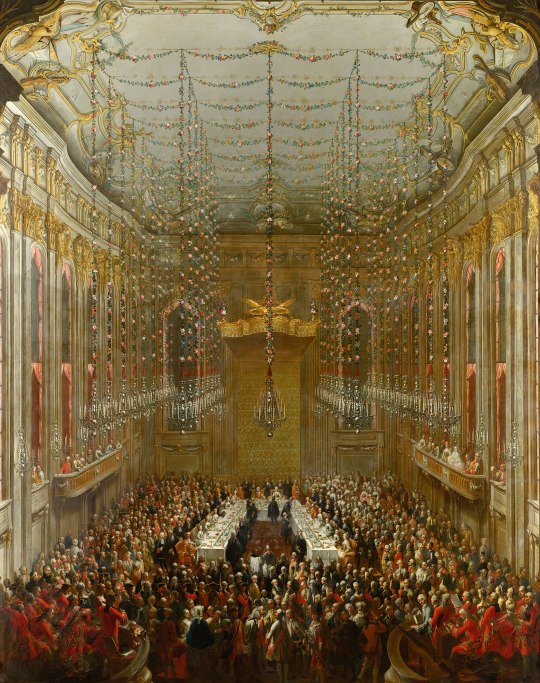
In this painting, we're transported to the wedding supper that celebrated the marriage of the heir to the Austrian throne, Joseph, to Isabella of Parma on 5 October 1760. Set in the Redoute Hall of the Vienna Hofburg, the table is elegantly prepared for dessert, adorned with fine porcelain. Martin van Meytens was a Swedish-Austrian portrait and miniature painter who was famous for his level of detail. In this large painting (300 x 400 cm), there must be at least 100 people and, I guess from looking at the second picture, he seems to have grown tired of painting faces as many of the wedding guests have disproportionate features. This lovely painting hangs in Schönbrunn Palace in Vienna. Martin van Meytens, Sweden/Austria (1695-1770)
Wedding Supper (1763)
———————————————————————————————
Bu tabloda, Avusturya tahtının varislerinden Joseph'in 5 Ekim 1760 tarihinde Isabella of Parma ile yaptığı evliliği kutlayan düğün ziyafetine taşınıyoruz. Viyana Hofburg'un Redoute Salonu'nda geçen bu sahnede, masanın üzerinde ince porselenlerle süslenmiş bir tatlı hazırlanmış şekilde görülüyor. Martin van Meytens, detay seviyesiyle ünlü olan İsveç-Avusturya portre ve minyatür ressamıdır. Bu büyük tabloda (300 x 400 cm), en az 100 kişi olmalı ve ikinci resme bakarak tahminimce yüzleri boyamaktan sıkılmış gibi görünüyor, çünkü düğün konuklarının birçoğunun orantısız özellikleri var. Bu güzel tablo, Viyana'daki Schönbrunn Sarayı'nda asılı duruyor.
Martin van Meytens, İsveç/Avusturya (1695-1770)
Düğün Ziyafeti (1763)
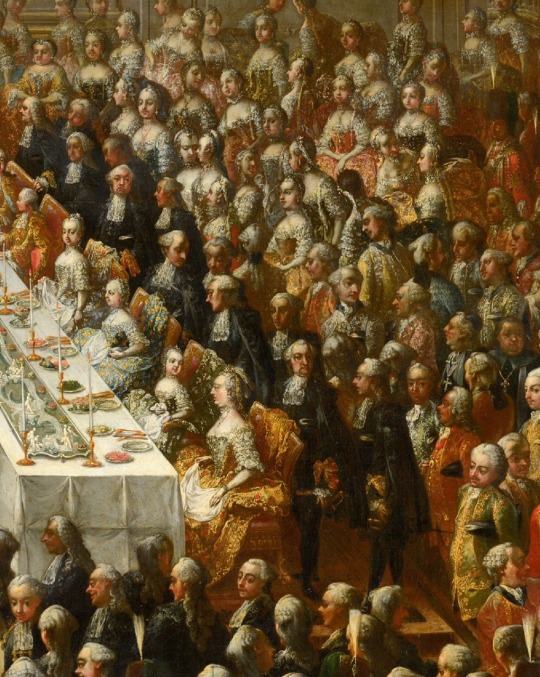
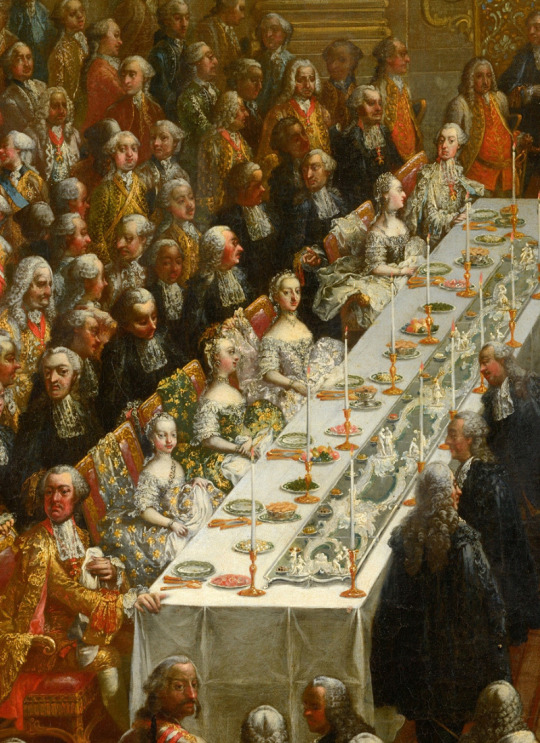
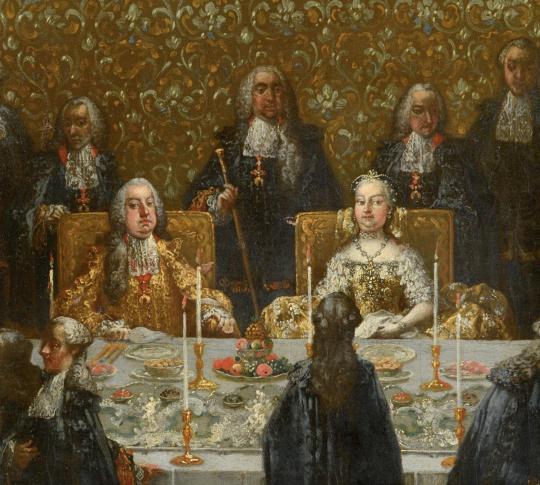

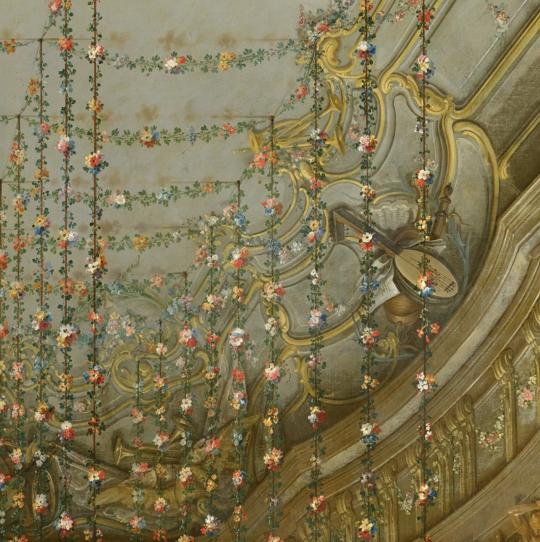
#artcore#art aesthetic#dark academia#illustration#artwork#artists on tumblr#art tag#art history#black art#art style#art process#old art#old architecture#painting#art#oil on canvas#oil painting#classical art#romantic academia#light academia#classic academia#fairycore#princesscore#museumcore#aesthetic#classic academia aesthetic#academia aesthetic#artist#artblr#renaissance painting
30 notes
·
View notes
Text

Artemisia Gentileschi (1593 c. 1656): Judith Beheading Holofernes, 1611, oil on canvas, 158,8 x 125,5 cm, Museo Nazionale di Capodimonte, Naples.
Artemisia Gentileschi (c. 1593-1656) was the daughter of Orazio Gentileschi, a follower of Caravaggio. She is widely regarded as the most accomplished female painter of the 17th century. After a scandal in Rome involving a rape case she brought against the landscape painter Agostino Tassi, Gentileschi moved to Florence. This case, which ended with Gentileschi's humiliation, is now seen as a symbol of the violence women have endured throughout history.
The scene of Judith beheading Holofernes has been a popular subject in art since the early Renaissance, as part of a group of subjects called the Power of Women. Caravaggio's 'Judith Beheading Holofernes' is believed to be the main source of inspiration for Gentileschi's work, as his influence is evident in the naturalism and violence she brings to her canvas.
The painting depicts an episode from the Book of Judith, which is not considered canonical by Christian Churches and Jews. It tells the story of the assassination of the Assyrian general Holofernes by the Israelite heroine Judith. Gentileschi's painting shows the moment when Judith, helped by her maidservant, beheads the general after he has fallen asleep drunk.
The painting is strikingly physical, with wide spurts of blood and the energy of the two women as they carry out the act. The effort of their struggle is most finely represented by the delicate face of the maid, who is grasped by the oversized, muscular fist of Holofernes as he desperately struggles to survive. Although the painting depicts a classic scene from the Bible, Gentileschi drew herself as Judith and her mentor Agostino Tassi, who was tried in court for her rape, as Holofernes.
-
Artemisia Gentileschi (1593 c. 1656): Judith Holofernes'i Boynunu Kesiyor, 1611, tuval üzerine yağlı boya, 158,8 x 125,5 cm, Museo Nazionale di Capodimonte, Napoli.
.
.
Caravaggio'nun takipçisi Orazio Gentileschi'nin kızı olan Artemisia Gentileschi, 17. yüzyılın en yetenekli kadın ressamı olarak kabul edilen, Roma'da peyzaj ressamı Agostino Tassi'ye karşı tecavüz davası açtıktan sonra skandalı kaçmak için Floransa'ya taşındı. Bu dramatik olayın, Artemisia'nın aşağılanmasıyla sonuçlanan şekilde öngörülebilir bir şekilde sonuçlanması belgelerle kanıtlanmıştır ve bugün kadınların yüzyıllardır maruz kaldığı şiddetin sembolü olarak kabul edilir.
Judith'in Holofernes'i boynunu kesme sahnesi, Kadınların Gücü adı verilen konu grubunun bir parçası olarak erken Rönesans'tan beri sanatta popüler olmuştur.
Caravaggio'nun 'Judith Holofernes'i Boynunu Kesiyor' adlı eseri, bu çalışmanın ana kaynağı olduğuna inanılır ve Gentileschi'nin tuvaline getirdiği doğalcılık ve şiddet etkisi görülebilir.
Konu, Hristiyan Kiliseleri ve Yahudiler tarafından genellikle kanonik olarak kabul edilmeyen Judith Kitabı'ndan bir bölümü ele alır. İsrailli kahraman Judith'in Asur generali Holofernes'i öldürmesini anlatır. Tablo, Judith'in hizmetçisi tarafından yardım edilerek, general sarhoş uyurken onu boynunu keserkenki anı gösterir.
Tablo, geniş kan püskürtmelerinden, iki kadının eylemi gerçekleştirdiği enerjiye kadar acımasızca fizikseldir. Kadınların mücadelesinin çabası, Holofernes'in umutsuzca hayatta kalmak için kavradığı, büyük ölçekli, kaslı yumruğu tarafından en iyi şekilde temsil edilen hizmetçinin narin yüzüyle gösterilir. Tablo, Kutsal Kitap'tan klasik bir sahneyi tasvir etse de, Gentileschi, kendini Judith olarak çizmiş ve ona tecavüz davası için mahkemede yargılanan mentörü Agostino Tassi'yi Holofernes olarak tasvir etmiştir.
#artcore#art aesthetic#dark academia#illustration#artwork#artists on tumblr#art tag#art history#black art#art style#art process#old art#old architecture#painting#art#oil on canvas#oil painting#classical art#romantic academia#light academia#classic academia#fairycore#princesscore#museumcore#aesthetic#classic academia aesthetic#academia aesthetic#artist#artblr#renaissance painting
119 notes
·
View notes
Text
i'm so wrong, i'm so wrong...
4 notes
·
View notes
Text




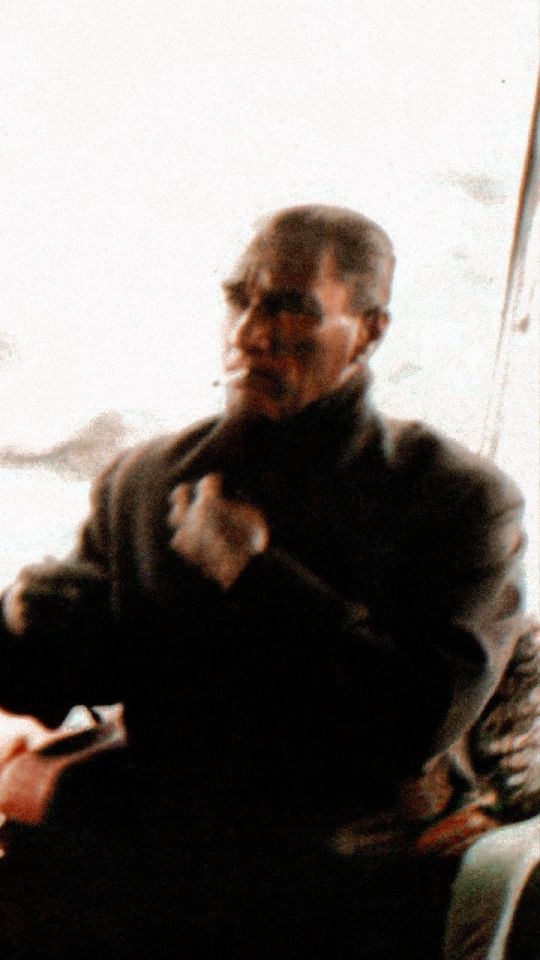

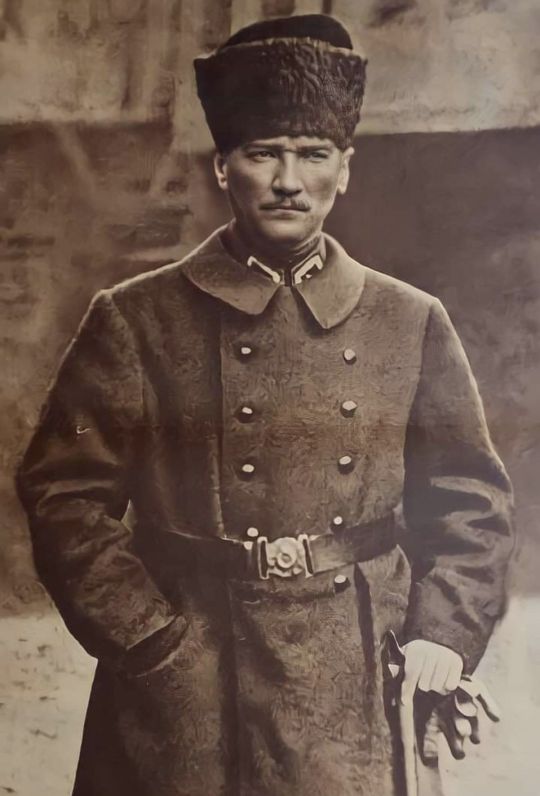
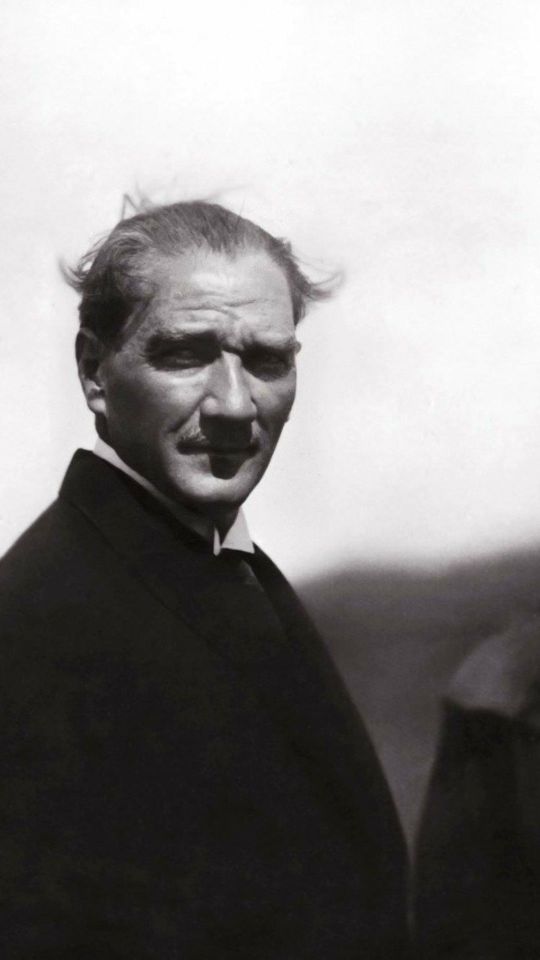







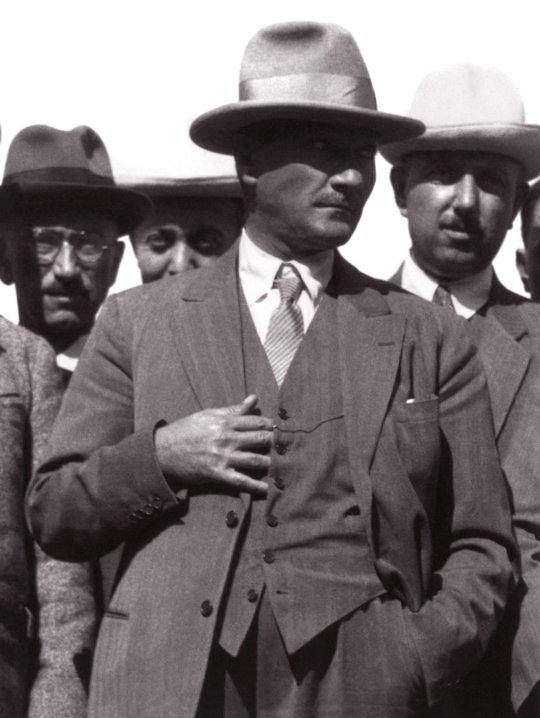
İLELEBET
NE SENDEN VAZGEÇERİZ
NE DE ESERİNDEN.
ÇOK YAŞA CUMHURİYET , ÇOK YAŞA MUSTAFA KEMAL ATATÜRK
546 notes
·
View notes
Photo


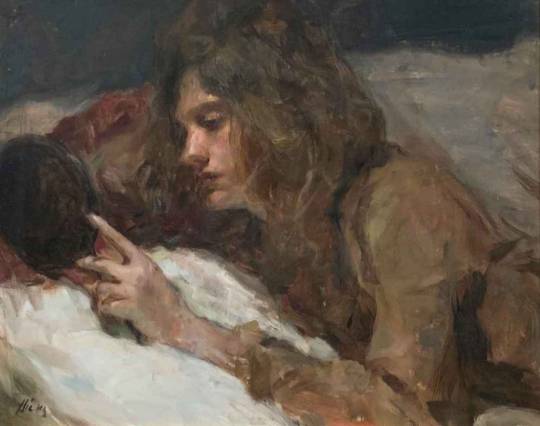


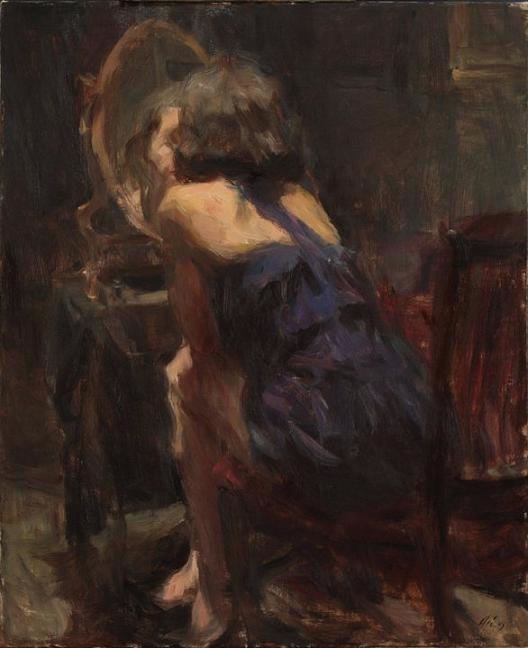
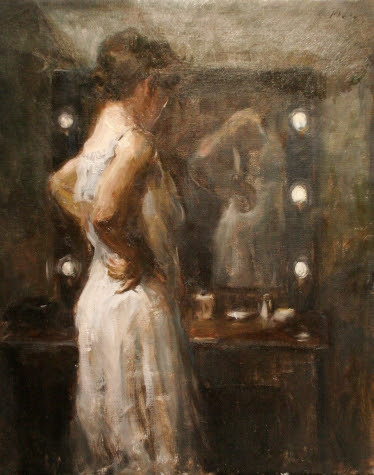


Do you ever suddenly find it strange to be yourself?
In Place Of The Mirror is a Portrait of You, @lilllium | Home Is Not a Country, Safia Elhillo | Myself Time, Ron Hicks | Sweet the Sound, Clementine von Radics | Memory of Forgetfulness, Mahmoud Darwish | Looking in the Mirror, Ron Hicks | Dressing Room, Ron Hicks, | Diaries of Franz Kafka, Franz Kafka | Rilke’s Book of Hours, Rainer Maria Rilke
6K notes
·
View notes
Text








“I will never leave him. It will be this, always, for as long as he will let me.''
3K notes
·
View notes
Text


"I should have gone through life half awake if you’d had the decency to leave me alone. Awake intellectually, yes, and emotionally in a way; but here -’ He pointed with his pipe stem to his heart; and both smiled. ‘Perhaps we woke up one another, I like to think that anyway."
E.M Forster, Maurice
596 notes
·
View notes
Text


"You do care a little for me, I know... but nothing to speak of, and you don't love me. I was yours once till death if you'd cared to keep me, but I'm someone else's now... and he's mine in a way that shocks you, but why don't you stop being shocked, and attend to your own happiness."
E.M Forster, Maurice
100 notes
·
View notes







